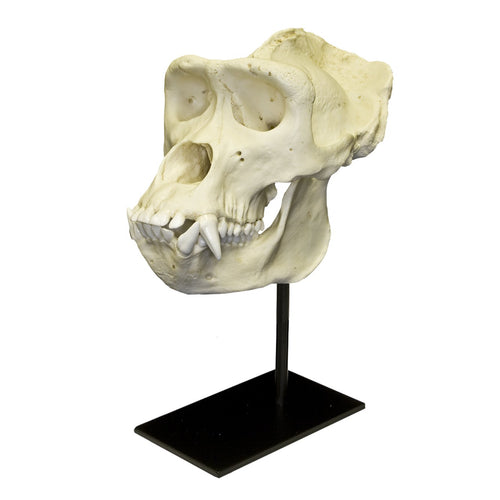
The total area being the choice as it would avoid asymmetry between the areas and therefore can be used for sexing of human skulls. This study demonstrates a significant result in the 3 studied areas, (D), (E), (T). The analysis of the differences between the sexes in the areas studied for all the 3 areas (Right, Left and Total area) was significant with p < 0.01 Regarding, the total area, which was the preferred measurement because of the asymmetry between the sides of skull, the value of the mean was 1475.69 mm2 for males and the valve of mean was 1288.90 mm2 for females. All the lineal dimensions, Porion-Asterion, Asterion-Mastoidale, Mastoidale - Porion, were found significantly higher in males than females with p < 0.01. The area (mm2) for each side of the skull right (D) and left (E) was determined and the total value of these measures (T) was calculated. On each skull the 3 craniometeric points were marked on each side. A total of 100 skulls, 50 male and 50 female were analyzed. The purpose of this study was to determine the existence of sexual dimorphism in the dimensions and the area of mastoid triangle related to the 3 craniometeric points: porion, asterion and mastoidale. Moreover, some authors have highlighted the importance of the petrous portion of the temporal bone and its general preservation in cases of extreme unfavourable conditions. The skull offers a high resistance to adverse environmental conditions over time, resulting in the greater stability of the dimorphic features as compared to other skeletal bone pieces.



Determining the sex of human skeletal remains, using the skull is important to the disciplines of human osteology, forensic anthropology, paleopathology and paleodemography as compared to other bones in the body namely the human pelvis and long bones.


 0 kommentar(er)
0 kommentar(er)
